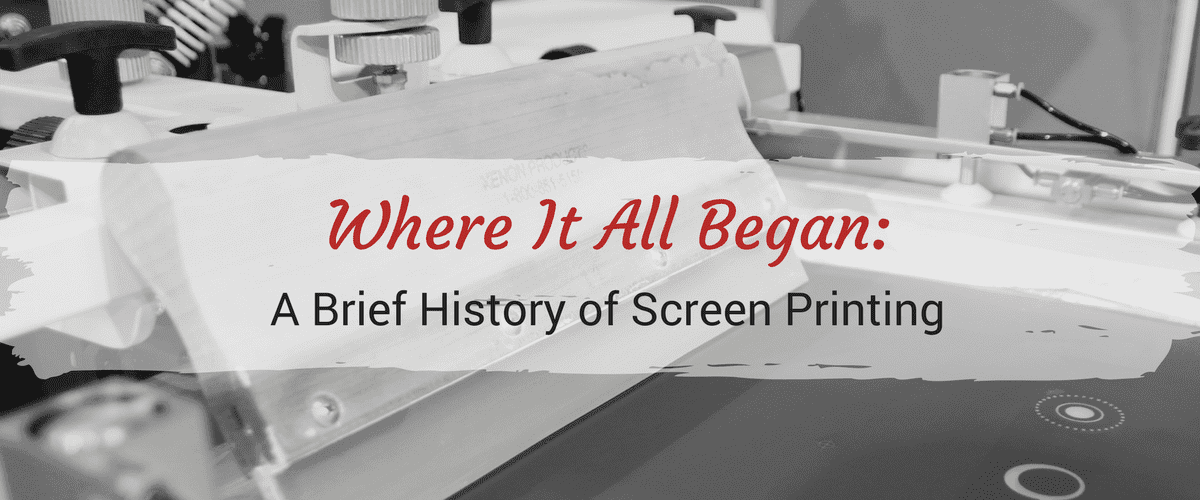

Revolutionizing the screen printing industry through cutting-edge technology and quality service
Anatol Equipment Manufacturing Co.
1429 S Shields Dr
Waukegan, IL 60085


Revolutionizing the screen printing industry through cutting-edge technology and quality service
Anatol Equipment Manufacturing Co.
1429 S Shields Dr
Waukegan, IL 60085

Many people trace the origins of screen printing back to the dawn of man. Since man began creating images on cave walls, stencils were in use. Around the globe, early man was finding innovative ways to cut stencils and apply paint. As tools and technology evolved, people began finding ways to create better stencils to apply images to a myriad of surfaces. As people evolved, stenciling was used during the Middle Ages to decorate everything from wallpaper to playing cards. As we know, stenciling continues to be used in many ways today – and one of the most popular applications is screen printing.
The use of silk screens in printing is traced back to China and Japan, probably around the late 900s AD. Silk was used as a medium for stenciling. Silk was stretched between paper stencils and brushes were used to force ink through. Screen printing folklore credits Englishman Samuel Simon with taking the concept of silk screen printing and modernizing it. Inspired by Asian prints, it’s said, Simon looked for a way to create his own silk screen stencils to quickly reproduce images.
At the same time Simon was developing his screen printing techniques, American printers also were looking at ways to create images more easily and more quickly. Patents related to screen printing were being filed at a rapid pace. Printers began using photo-emulsions to create hardened stencils on screens. Printers discovered that it was possible to create multi-colored images using screen printing. Their hard work and innovation proved worthwhile: Screen-printed posters became popular in advertising movies and political propaganda. By World War II, everything from military t-shirts to tanks were being marked using screen printing.
Screen printing, as we know it today, really took hold during the 1960s. Artists like Andy Warhol created screen prints that elevated the artform to a mainstay of pop culture. At the same time, a rotary machine was developed to print bowling shirts. It was, of course, discovered that the machine could be used to create images on just about any substrate. Several companies bought licenses for the technology, and the rest, as they say, is history.
Of course, screen printing has come a long way since it was “modernized” in the 1960s. Computer technology, special effects inks, all-electric presses, quartz flash units are all elements that couldn’t have been imagined in the last century. The real history behind screen printing is that it’s an ever-evolving artform. Screen printers, by nature, are innovators who are always looking to create new effects and find better ways of creating great prints. It remains to be seen what new technologies will bring about the next generation of screen printing.
Interested in what the future may have in store for screen printing? Check out this blog:
Your message was successfully sent!